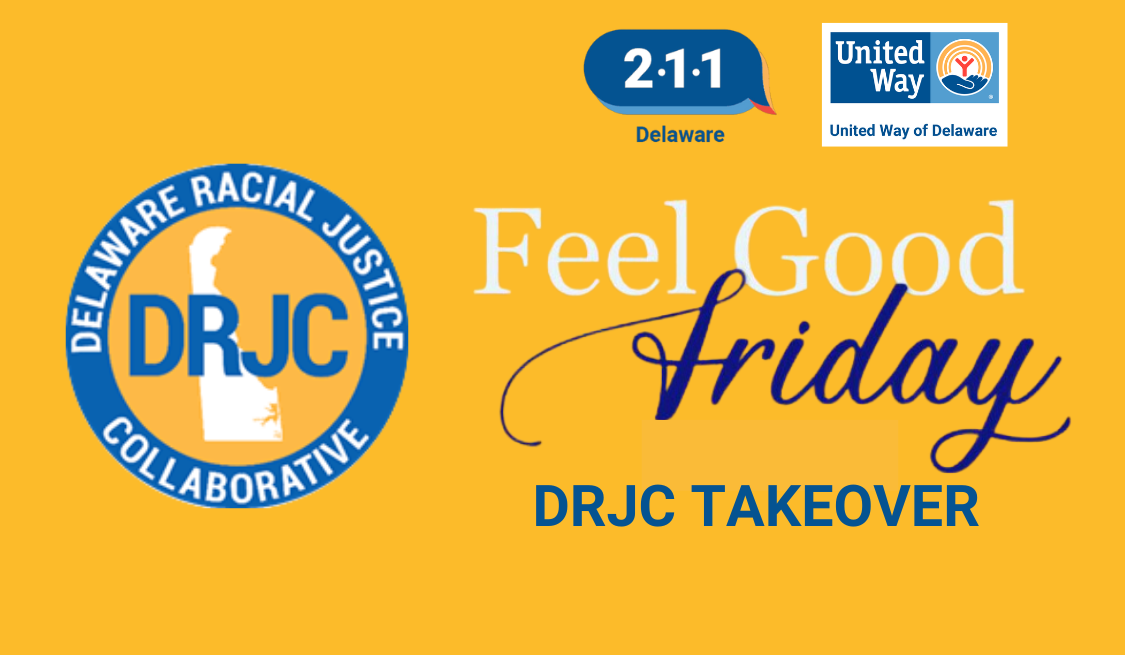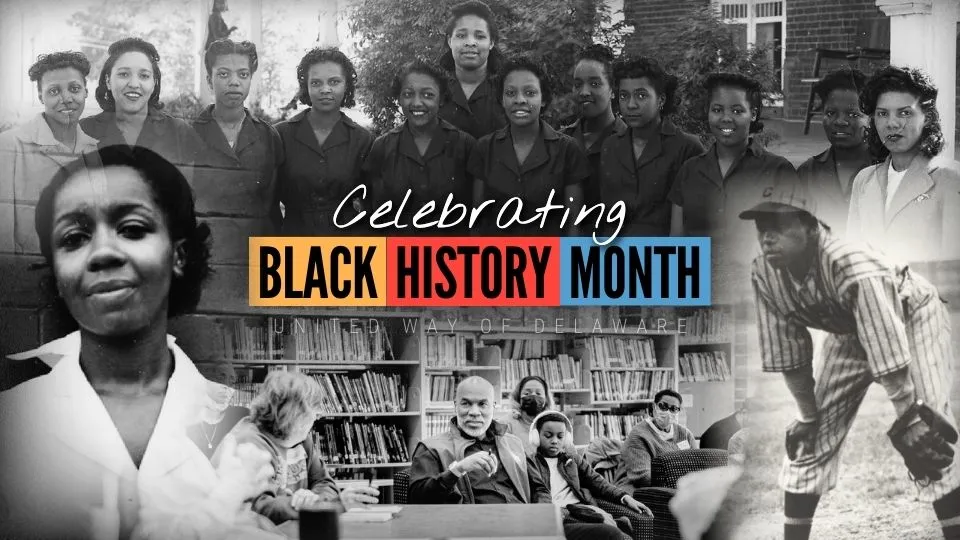The Underground Railroad, which provided a clandestine network for enslaved persons seeking freedom, is an important aspect of the history of Delaware. As a border state with both pro-slavery and anti-slavery sentiments, Delaware was a complex battleground in the struggle for freedom.
This piece explores the history and significance of the Underground Railroad in Delaware, shedding light on the challenges faced by freedom seekers and the resilience of those who risked their lives to assist them.
Delaware’s status as a border state during the pre-Civil War period made it a crucial battleground for the Underground Railroad. With its proximity to slaveholding states like Maryland and Virginia, Delaware served as a transitional space for enslaved individuals seeking refuge in the North. While Delaware officially remained a slave state until the Civil War, it also had a significant Quaker population that opposed slavery on moral grounds. This created tension within the state, with conflicting ideologies coexisting.

Harriet Tubman and Thomas Garrett Statue in Riverfront Park in Wilmington (image courtesy of Jeff Quiggle)
The Quakers
A notable aspect of the Underground Railroad in Delaware was the involvement of Quakers in aiding fugitive slaves. Quaker communities, with their commitment to social justice and equality, played a crucial role in establishing safe houses and aiding freedom seekers. Wilmington, the largest city in Delaware, became a hub for Underground Railroad activity. Quaker families like the Haines and the Shipley’s opened their homes to escaping slaves, offering shelter, food, and guidance on their journey to freedom.
The geography of Delaware also influenced the Underground Railroad’s operations in the state. The abundance of rivers and waterways provided natural routes for escaping slaves, allowing them to travel discreetly by boat. The Chesapeake and Delaware Canal, connecting the Chesapeake Bay to the Delaware Bay, served as a strategic water route for freedom seekers making their way to the North. Boat captains sympathetic to the abolitionist cause played a crucial role in ferrying escaped slaves across these waterways.
CONDUCTORS OF THE UNDERGROUND RAILROAD
Despite the presence of sympathetic individuals and communities, the Underground Railroad in Delaware faced numerous challenges. The Fugitive Slave Act of 1850 heightened the risks for both freedom seekers and their allies. This federal law mandated the return of escaped slaves to their owners, even if they reached free states. The Underground Railroad had to operate with increased secrecy and efficiency to avoid detection by authorities enforcing the Fugitive Slave Act. John Hunn, a Quaker who had a farm in what is now Middletown, was sued by the owner of a group of freedom seekers who were captured at his farm in December 1845; the expenses of the lawsuit and associated fines caused him to lose his farm and other assets.

Location marking form Alston & Hunn Family Farms in Middletown, DE (image courtesy of Jeff Quiggle)
The conductors of the Underground Railroad in Delaware displayed remarkable courage in the face of these challenges. Harriet Tubman, one of the most renowned figures in the Underground Railroad, made several trips to Delaware to guide escaping slaves to freedom. Tubman’s daring exploits and her commitment to the cause made her a symbol of resistance against the institution of slavery. Her presence in Delaware, though secretive, inspired others to join the fight for freedom.
The Underground Railroad in Delaware also relied on the cooperation of African American communities. Free African Americans and those who had escaped bondage themselves played a crucial role in assisting their enslaved brethren. The close-knit nature of these communities allowed for effective communication and coordination in supporting freedom seekers. Present-day Blackbird State Forest, near Smyrna, was the location of a free black community called Blackbird, known to Harriet Tubman as a community that would assist the Underground Railroad.

Present-Day Blackbird State Forest (image courtesy of Jeff Quiggle)
SANCTUARIES OF FREEDOM
Churches became important meeting places and sources of assistance for those involved in the Underground Railroad. In Wilmington, a few blocks from United Way of Delaware’s office is the Wilmington Friends Meeting and Cemetery, a historic Quaker meeting house built in 1815 and used by many prominent Quakers, including Thomas and Rachel Garrett; Thomas was known as the Stationmaster for the Delaware Underground Railroad.
The Underground Railroad in Delaware stands as a testament to the resilience of those who fought against the institution of slavery. The state’s unique position as a border state with conflicting ideologies made it a challenging yet crucial battleground in the quest for freedom. The involvement of Quakers, the geography of the region, and the courage of individuals like Harriet Tubman all contributed to the success of the Underground Railroad in Delaware. Despite the risks and challenges, the Underground Railroad played a pivotal role in shaping the history of Delaware and the broader struggle for emancipation in the United States.

Friends Meetinghouse in Wilmington, DE (image courtesy of Jeff Quiggle)






